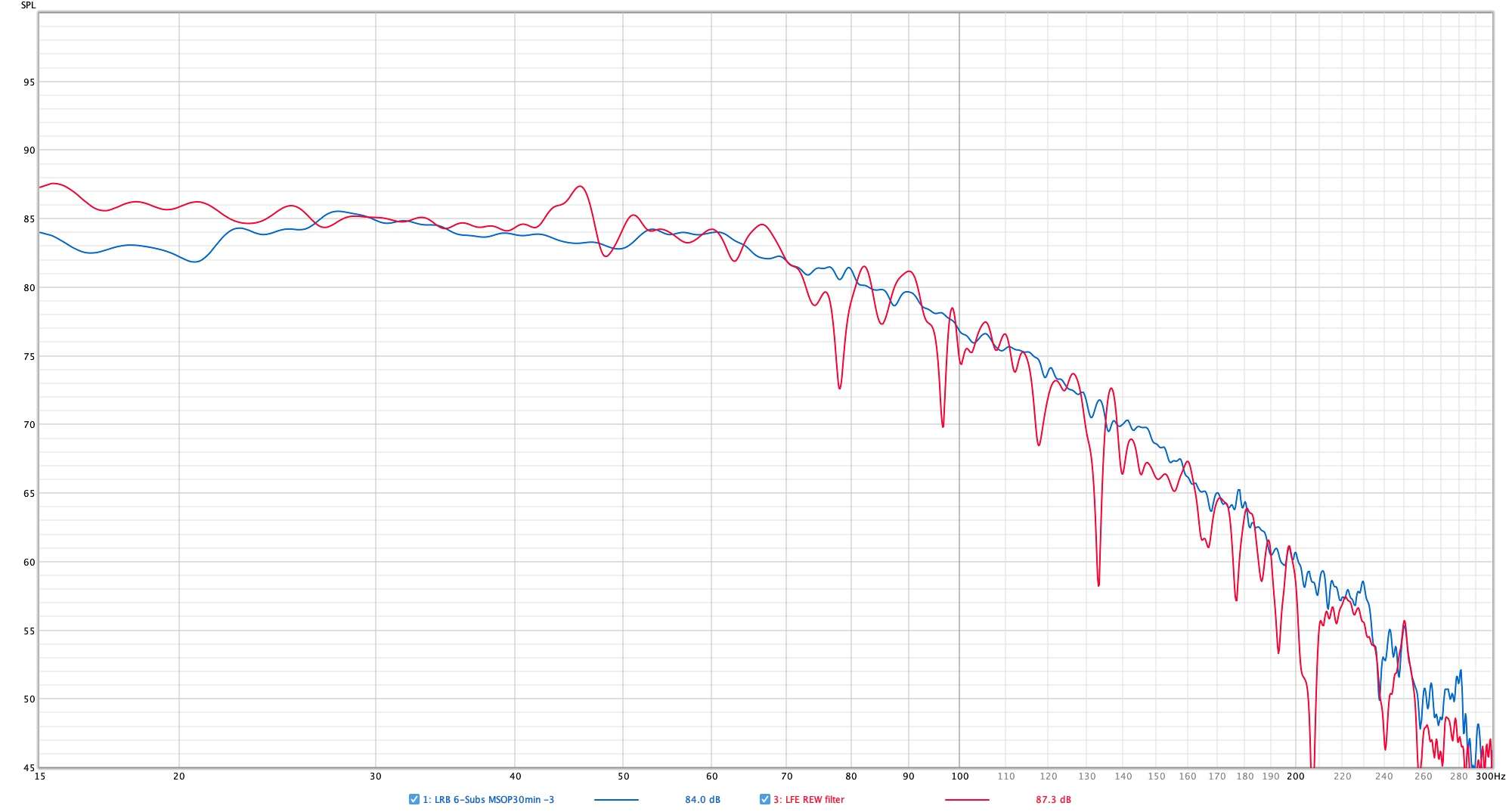ejspain
Well-known member
This question is probably out there but I can't find anything.
Talking mostly 2 channel listening...
Is room correction (Audyssey, Dirac, ARC Genesis, MultEQ, and others) really necessary for electrostats?
Trying to think super simple here...from the older stats to current, ML has been crossing over the panels between 300 - 450hz since the 90s - where you probably don't want correction in that region anyways???
Depending on your model and listening taste, adding a sub, or 6 was "almost" necessary. A lot of the room correction softwares are great BUT since the stats are so freakin accurate; even the included sofware; for the Masterpiece Series) doesn't touch the panels, should we bother allowing other RC software to attempt making adjustments? Maybe exclude your LCR (if its all electrostats) and just allow the SW to set distance/levels for the subs, surrounds/atmos?
Thoughts?
Talking mostly 2 channel listening...
Is room correction (Audyssey, Dirac, ARC Genesis, MultEQ, and others) really necessary for electrostats?
Trying to think super simple here...from the older stats to current, ML has been crossing over the panels between 300 - 450hz since the 90s - where you probably don't want correction in that region anyways???
Depending on your model and listening taste, adding a sub, or 6 was "almost" necessary. A lot of the room correction softwares are great BUT since the stats are so freakin accurate; even the included sofware; for the Masterpiece Series) doesn't touch the panels, should we bother allowing other RC software to attempt making adjustments? Maybe exclude your LCR (if its all electrostats) and just allow the SW to set distance/levels for the subs, surrounds/atmos?
Thoughts?
Last edited:













